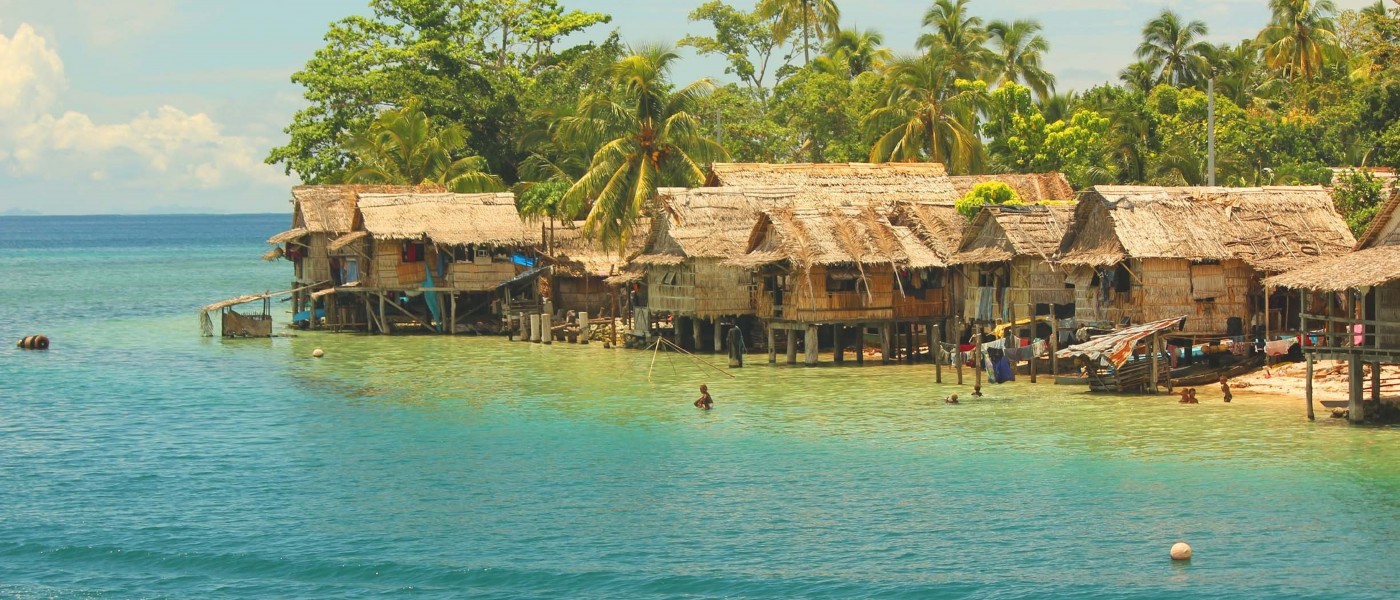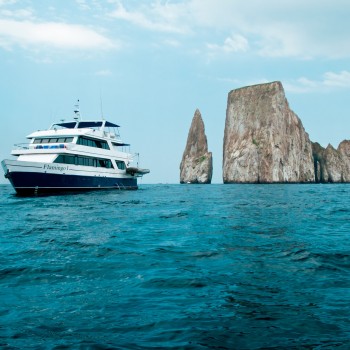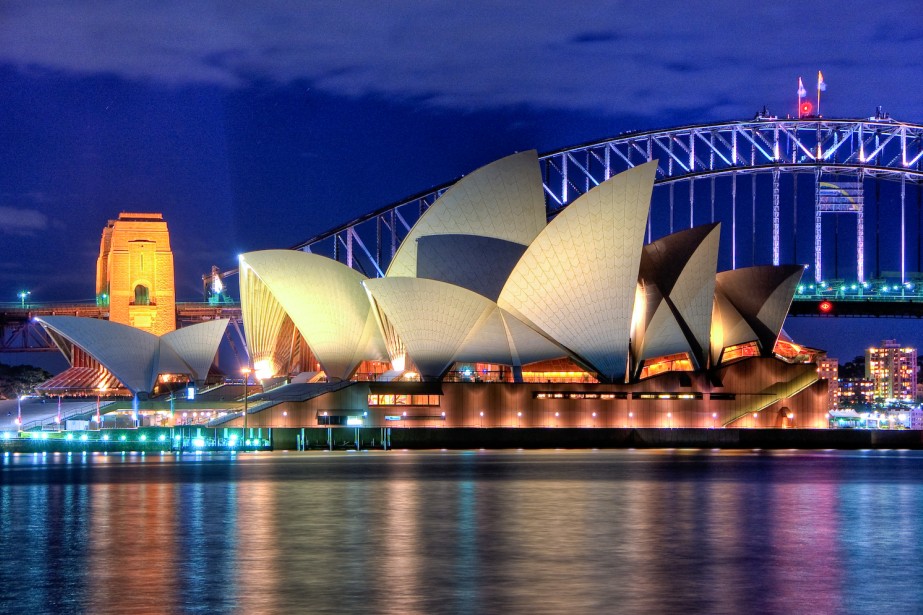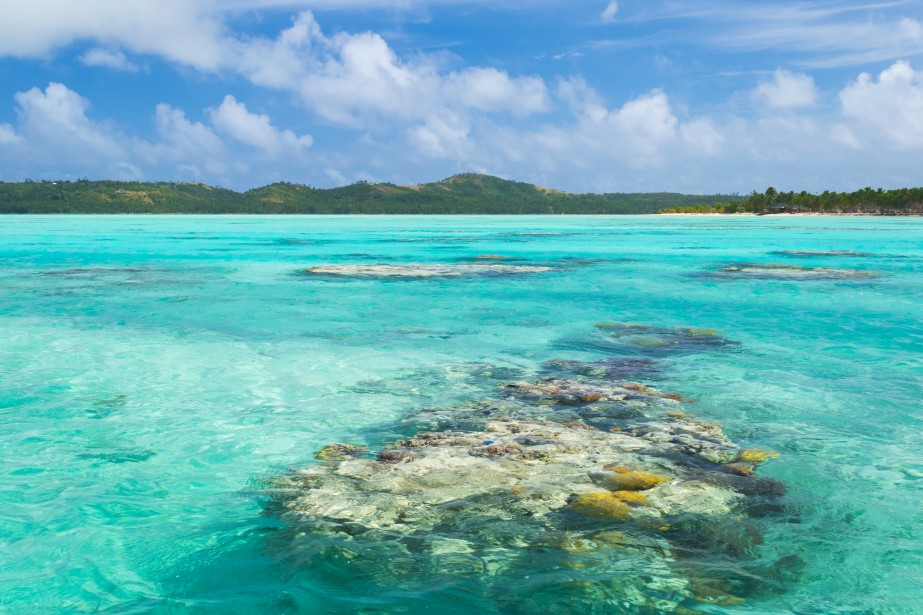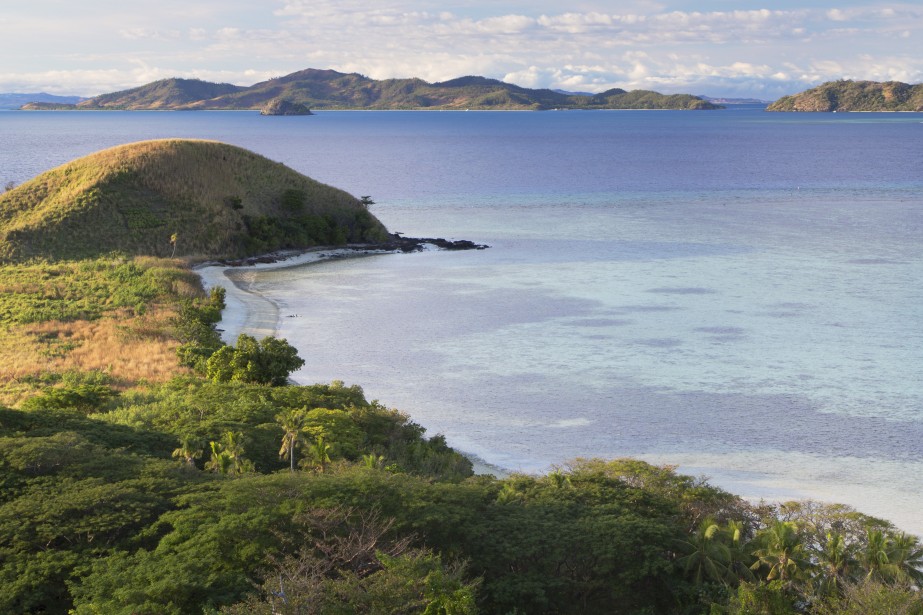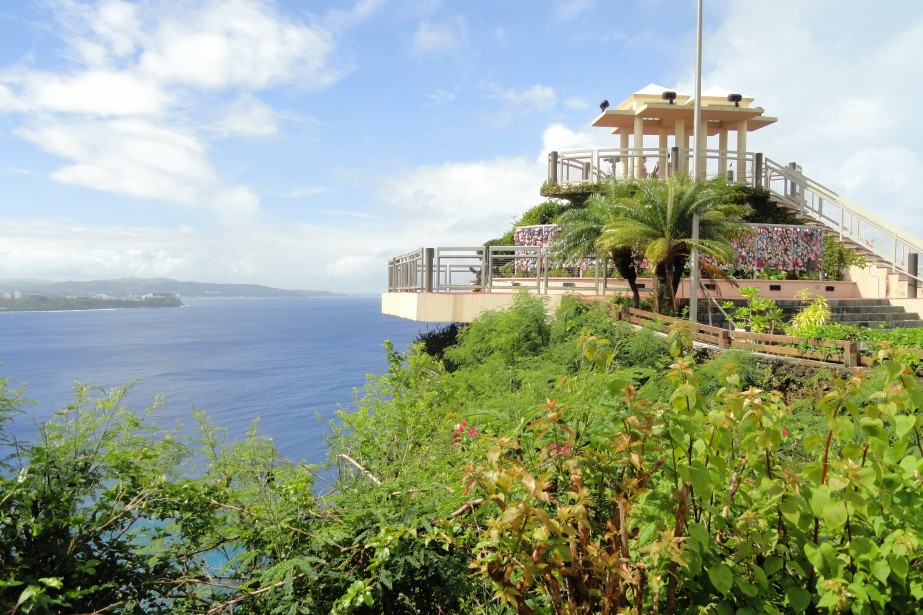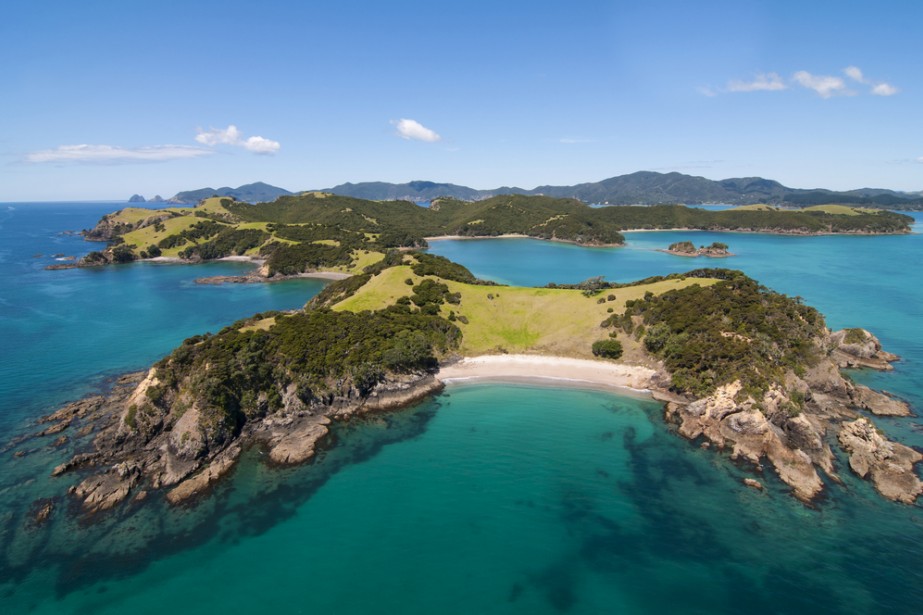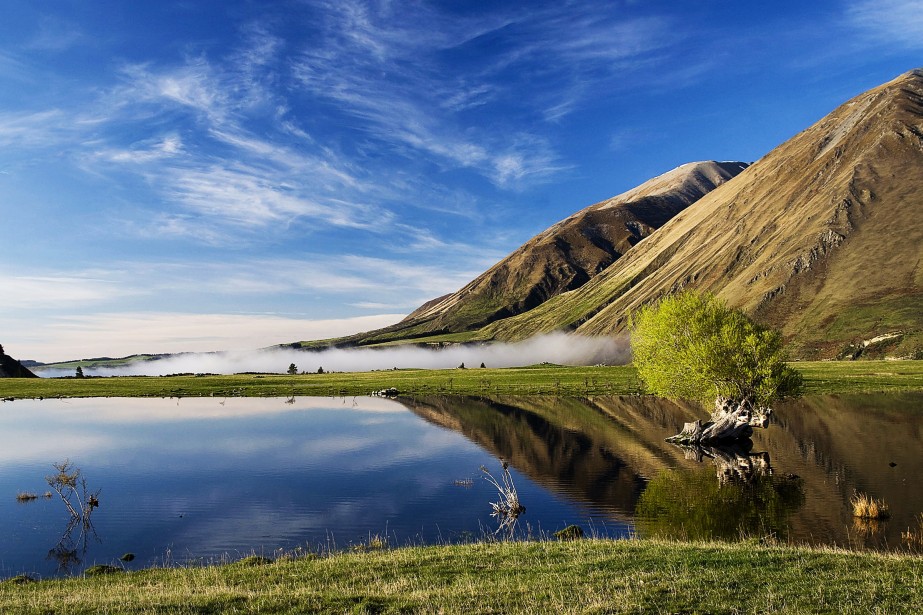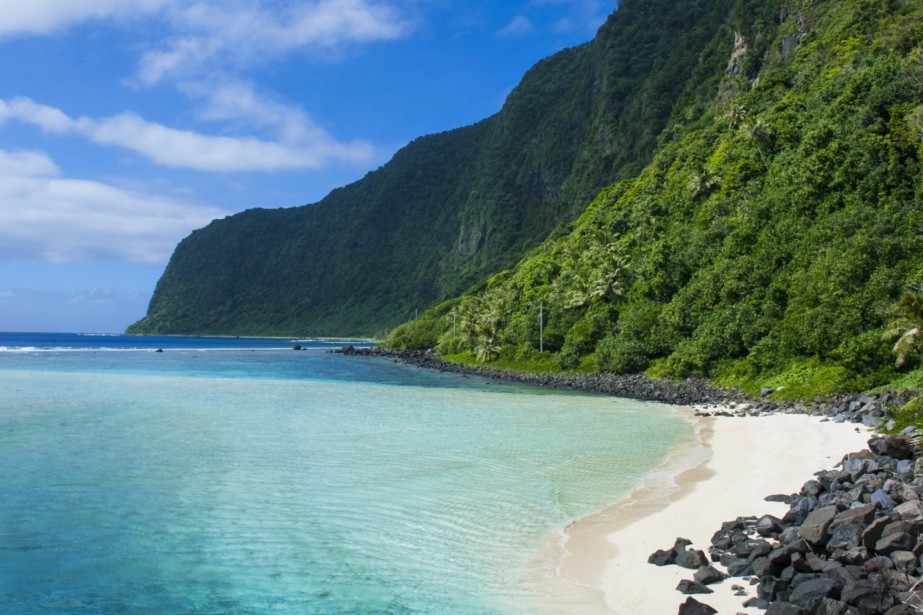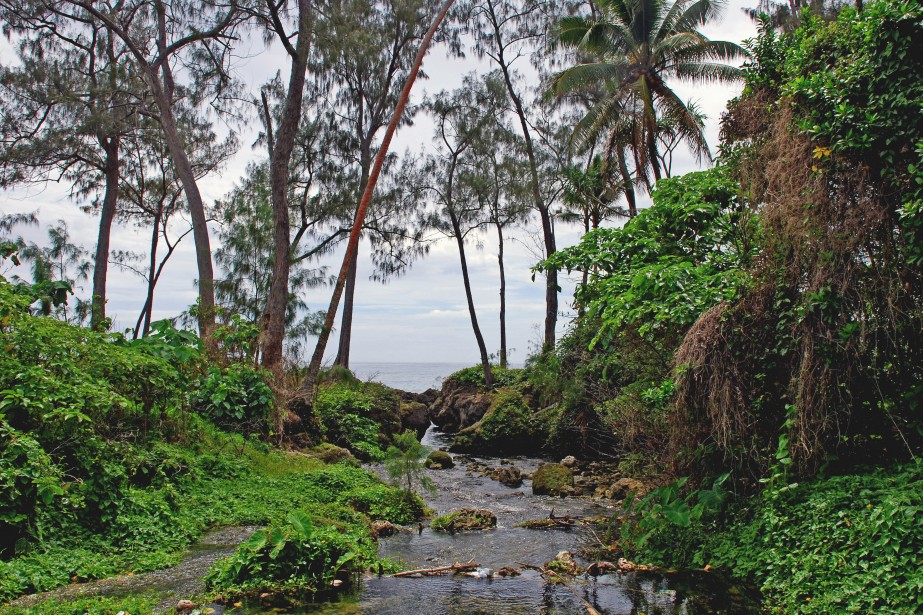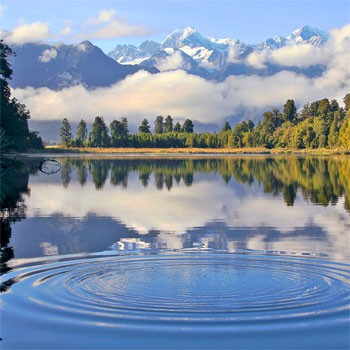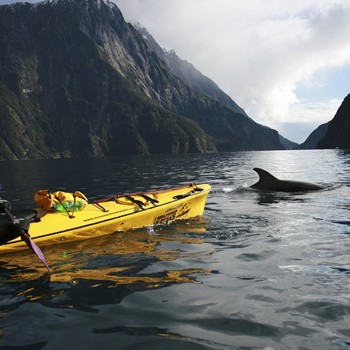Submitted by Pip Strickland on August 30, 2016
Overview
Scattered to the east of Papua New Guinea in the South Pacific lie the six main islands of the Solomon Islands (Guadalcanal, Malaita, Choiseul, New Georgia, San Cristobal and Santa Isabel), together with around 900 smaller islands. The majority of the population are Melanesian, with around 70 different languages spoken and distinct cultural traditions across the archipelago.
During World War II, the Solomon Islands were subjected to intense fighting, with the Allied Forces trying to resist the Imperial Japanese Army’s expansion across the region. Hundreds of World War II sites and relics can still be found across the archipelago, with many lying below the water’s surface and drawing a steady stream of inquisitive divers. The Marovo Lagoon and Iron Bottom Sound are both littered with sunken warships which have become overgrown with colorful coral and tropical marine life.
But the Solomon Islands also boast an impressive natural beauty, with karst cave systems, cascading waterfalls and idyllic islands, together with the Pacific’s largest freshwater lake. There’s excellent trekking and bird watching opportunities, and the untouched nature of the islands, with rustic guesthouses rather than luxury resorts, remains the biggest allure for intrepid travelers.
When to travel - weather
The Solomon Islands’ climate is divided roughly into four seasons - with two wet seasons and two dry seasons. February through to May experiences heavy rainfall, as do the months of September through to November. While the dry months of December through to February and June through to September offer sunnier conditions. Despite the changes in rainfall, temperatures remain fairly constant at around 80-90°F (27-32°C). Although humidity levels tend to be high throughout the year, the Solomon Islands lie too far north to experience the extreme conditions brought by tropical storms and cyclones.
The peak tourist season is from December to February when Australian and New Zealand visitors are on their long summer holidays and the conditions are relatively dry. Hotel and resort prices increase at this time of year, together with June and July when there is another sharp peak in visitors. Traveling during the wet season is not necessarily a bad idea, but you need to be prepared for heavy downpours which might disrupt sightseeing. If you are coming to surf, then October through to April sees the best swells.
Food and drink
The culinary history of the Solomon Islands draws on the influences of those who have passed through. The Spanish brought cattle, the Asians exotic vegetables and the Indians spices, while the colonizing British also left their mark. While European and Asian dishes are commonly served at hotels and restaurants across the Solomon Islands, the traditional local cuisine focuses more on breadfruit, taro, seafood and tropical fruits.
The limited ingredients in the traditional dishes of the Solomon Islands were restricted by a lack of native plants and animals, together with restrictions as to what could grow on the rugged mountains and withstand the archipelago’s weather conditions. Poi is perhaps the most important source of carbohydrates across the islands, made from fermented taro roots which are pounded into a porridge-like consistency. This is traditionally served alongside chicken or fish and always eaten during celebrations and ceremonies.
Cassava pudding is another staple, with grated cassava and sweet potato mixed with coconut milk, then wrapped in banana leaves and baked under hot stones. A snack known as kara combines grated cassava with corned beef or pork, while fish remains the most important source of protein due to its abundance. Tuna is actually canned on the islands for export and the Solomonese love to eat it with hot chillies, alongside rice or noodles.
The importance of coconut in the cuisine of the Solomon Islands cannot be overstated and it was one of the few edible plants on the archipelago before the first settlers arrived. Not only is its flesh eaten and coconut cream used for cooking, but coconut water makes for a refreshing drink.
Popular vacation spots
Guadalcanal - The largest island of the Solomon Islands is Guadalcanal, which played a pivotal role during World War II. Those interested in the military history can visit the historic sites of the Battle of Guadalcanal, including Bloody Ridge, Henderson Field and the Western and Eastern Battlefields, or venture below the water to dive the battleships of Iron Bottom Sound. Alternatively, visit the Betikama Carving Center to purchase handicrafts such as wood carvings and shell jewelry, or go snorkeling on the coral reef at Marau Sound.
Honiara - The capital of the Solomon Islands is Honiara, situated on Guadalcanal Island. While most travelers fly straight through, heading out to other islands, it’s worth a day or two to explore its museums and World War II relics. The National Museum lies on Honiara’s main street and details the history of the islands, including its conflicts and role in the second World War. Then head to the US War Memorial which is situated on a nearby hill, and honors the Allied Forces who died during the war and the campaigns of Guadalcanal.
Mataniko Falls - The double-sided falls of Mataniko are located not far from Honiara and reached along a steep 1-2 hour hiking trail. The track is scattered with bullets, manholes and even bombs left over from World War II, with Japanese soldiers once hiding out in the region. The falls themselves are beautiful, with a pool to swim in at the base and a cave behind to explore. If the water levels in the river are high enough, you can float back down to the nearby village in a rubber tube.
Lilisiana Village - The picturesque village of Lilisiana is located just a short distance from Auki on the island of Malaita. Traditional-style houses raised on stilts teeter over the shoreline along a long sand spit that stretches into the shallow waters. It offers a glimpse into a more traditional way of Solomon Islander life, and a good opportunity to meet the local people.
Marovo Lagoon - The Marovo Lagoon World Heritage Area is located within the New Georgian Islands, just to the north of Vangunu Island. Dotted with uninhabited islets, it is one of the Solomon Islands’ most idyllic locations, offering superb diving along its 130 kilometers of raised barrier reef, particularly around Uepi Island. Go kayaking and fishing across the Marovo Lagoon’s turquoise waters and explore the inland jungle trails for outstanding birdwatching opportunities.
Vella Lavella - The beautiful island of Vella Lavella lies to the west of New Georgia, with the sleeping volcano of Mount Tambisala towering above. Visitors come not only for its beautiful natural landscapes and birdwatching opportunities, but also its World War II history, with the 1943 Naval Battle of Valla Lavella taking place just offshore.
Rennell Island - Known by the locals as Mugaba, Rennell Island is the second largest raised coral atoll in the world and home to the South Pacific’s largest freshwater lake, Te’Nggano. This World Heritage Site is an idyllic paradise, with turquoise waters backed by jungle-clad cliffs and small villages dotting the shores. Don’t miss an excursion around Lake Te-Nggano, including stops at Octopus Cave and Bird Island where boobies, cormorants and frigates nest.
Practical information
Language
The official language of the Solomon Islands is English, although only around 1-2% of the population speak it. Pidgin English is the lingua franca and around 120 indigenous Melanesian languages are also spoken across the archipelago.
Money
The official currency of the Solomon Islands is the Solomon Islands Dollar (SBD), although some hotels will accept Australian dollars. There are a few ATMs available in Honiara and exchange facilities at banks in the major towns, while credit cards are accepted by most large hotels and resorts.
Health and Safety
The level of health care and medical services in the Solomon Islands are relatively low, with frequent drug shortages and lack of equipment, particularly on outlying islands. The main government-run hospital is in Honiara, while church missions fund medical clinics on many of the other islands. Comprehensive travel insurance is necessary for travel, particularly to cover evacuation costs in case of emergency.
Rabies, typhoid and yellow fever vaccinations are all highly recommended before travel, and anti-malaria medication necessary for travel to some regions.
Tap water is not always safe to drink and unpasteurized milk should always be boiled before consumption.
The level of crime in the Solomon Islands is relatively high, particularly in the capital city Honiara, and muggings at major tourist sights are not uncommon, even during daylight hours. Take care when venturing outside of your resort or hotel and always ask staff about any precautions in the local area.
Saltwater crocodiles also inhabit the waters of the Solomon Islands and care must be taken. Again, ask for advice from hotel/resort staff about crocodiles before swimming in any body of water.

